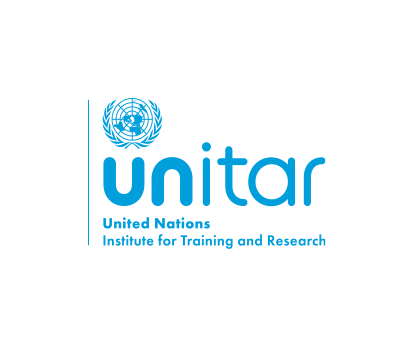
Advanced Training on Geospatial Information Technologies for Disaster Risk Reduction in Bangladesh
The "Strengthening Capacities in the Use of Geospatial Information for Improved Resilience in Asia-Pacific and Africa" project (2021-2024) aims to develop sustainable capacities and implement tailored geospatial solutions to enhance policy and decision-making processes in resilience building. With the support of the Norwegian Agency for Development Cooperation (NORAD), UNOSAT leverages technological advances and innovation to improve decision-making in Disaster Risk Reduction, Climate Resilience, Environmental Preservation, and Food Security in eight target countries: Bangladesh, Bhutan, Fiji, Lao PDR, Nigeria, Solomon Islands, Uganda, and Vanuatu.
To reduce the risks, its essential to understand the risk using geospatial technologies, as factors like hazard, exposure, vulnerability are location-bound. Earth Observation (EO) has become one of the most crucial tools for DRM, both for risk reduction and response. EO gives us the ability to collect continuous observation of the earth’s surface, and which shapes our understanding of hazard dynamics, development patterns, monitoring of risk driving factors like climate change, environmental degradation. After disasters, satellite images can help us to estimate impacts and losses for immediate response. In the introductory training the project team covered emergency response support analysis using satellite derived information
As a follow-up and to cater to the needs of government official of Bangladesh, UNOSAT offered this advance training course on geospatial information technologies (GIT) for disaster risk reduction (DRR).
Upon the completion of the technical training, participants should be able to:
- Develop flood susceptibility zonation using Height Above Nearest Drainage (HAND) technique.
- Perform landslide susceptibility assessment using weight of evidence method.
- Monitor drought using time series satellite imagery
This course was designed to provide advanced training in the use of geospatial information technologies, with a focus on the tools for disaster risk reduction. Participants gained hands-on experience with various software platforms and techniques, enabling them to extract valuable insights from GIS and remote sensing (RS) data that can be used for DRR. The course covered a wide range of topics, including flood susceptibility mapping, landslide susceptibility mapping and drought monitoring. Moreover, participants delved into real-world applications of GIT to support decision making process related to DRR.
This is a full-time, face-to-face course with lectures, image processing lab exercises using GIS datasets and real case scenarios (60% lab exercises, 40% lectures and discussions). This course is divided into 3 modules. Each module is structured into 2 to 4 sessions of 1.5 hour each. The course is designed in a way to have a balanced approach between theoretical and practical teaching methods consisting of presentations, live demos, interactive sessions, and lab exercises. At the end of the course, UNITAR-UNOSAT will set up a community of practice platform to maximise the learning experience of participants and to provide all required technical backstopping and assistance to training participants during and after the training.
The course is designed to accommodate selected participants by Department of Disaster Management (DDM) and other relevant stakeholders. Since the main purpose of the training is to build capacity of technical staff to apply useful acquired GIT skills in their daily jobs, the suggested criteria of selection may include:
- Staff who have the commitment and mandate to use the knowledge and skills acquired to support disaster risk management operations;
- Basic computer literacy is required.
All lab exercise will be conducted with open source software such as QGIS and Climate Engine

